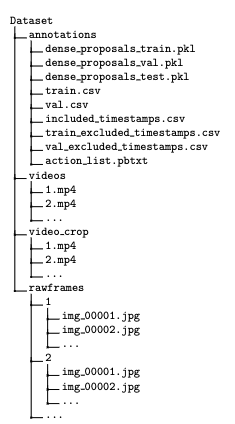Functions
Functionsare self-contained chunks of code that perform a specific task. You give a function a name that identifies what it does,and this name is used to “call” the function to perform its task when needed.
Closures:
Closuresare self-contained blocks of functionality that can be passed around and used in your code. Closures in Swift are similar to blocks in C and Objective-C and to lambdas in other programming languages.
和函数一样也就是代码块,和C,OC里面的block相似,和其他语言的匿名函数相似
表达式如下:
-
{ (parameters) -> return type in -
statements -
}
Global 和nested函数实际上是closure的特例:
Closure 式子:一个轻量级语法书写的没有名字的closure,同时能够获取到他所处的 context中的值
这边有个例子
//csdn 竟然没有swift这个语言的标签==
// 点击操作按钮
@IBAction func operate(sender: UIButton) {
let operation = sender.currentTitle!
if isUserInMiddleOfTypingNumber {
enter()
}
switch operation {
case "×":performOperation { $0 * $1 } // Trailing closure 这边传入的其实是 function type 这个nested function就可以直接这么写了
case "÷":performOperation { $0 / $1 }
case "+":performOperation { $0 + $1 }
case "−":performOperation { $0 - $1 }
case "√":performOperationSqrt { sqrt($0)}
default: break
}
}
// function type as Parameter Type
func performOperation(operation: (Double,Double) -> Double) {
if operandStack.count >= 2 {
displayValue = operation(operandStack.removeLast(),operandStack.removeLast())
enter()
}
}
之前一直看不懂这语法,今天来解释下
function 和closure分别有Trailing functions 和 Trailing Closures
//含义为 如果你要传一个closure expression或 function type给function,当作它最后的一个参数时,你可以这么写
func someFunctionThatTakesAClosure(closure: () -> ()) {
// function body goes here
}
// here's how you call this function without using a trailing closure:
someFunctionThatTakesAClosure({
// closure's body goes here
})
// here's how you call this function with a trailing closure instead:
someFunctionThatTakesAClosure() {
// trailing closure's body goes here
} // 如果啊 你要传的这个closure expression是这个function唯一的argument,你连这a pair ofparentheses ()都不用写!!!






